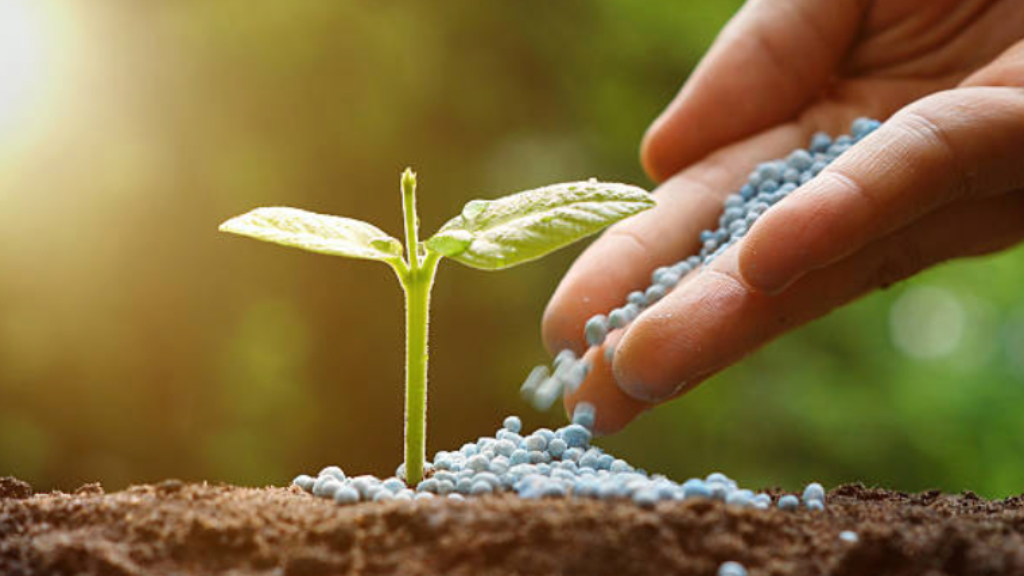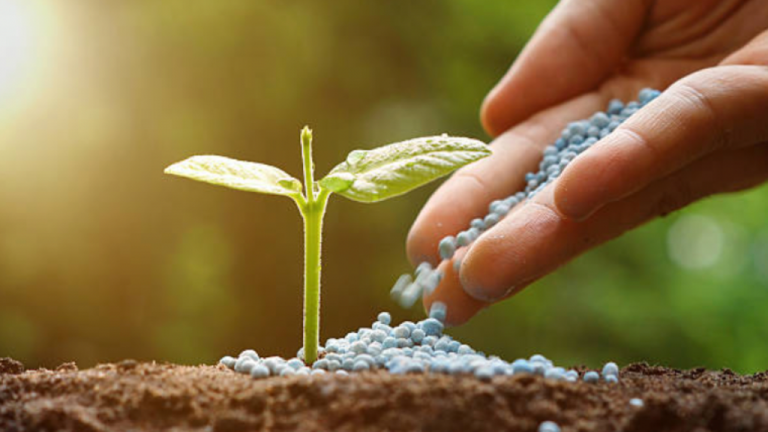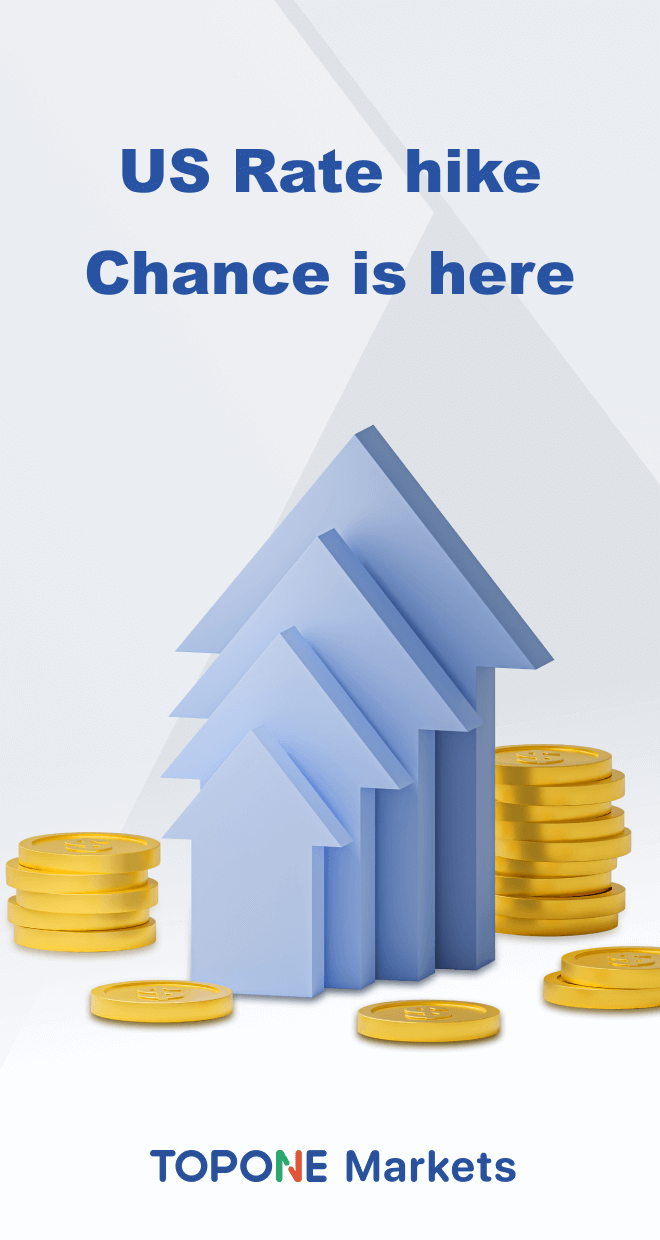
Fears of a global scarcity of these crucial crop inputs have increased due to Russia, one of the world’s top exporters of nitrogen and potash, choosing to halt fertilizer shipments.
The once-stodgy fertilizer sector has suddenly become extremely hot, especially in light of the skyrocketing fertilizer costs brought on by rising natural gas prices, low worldwide stockpiles, and transportation bottlenecks. These 10 fertilizer stocks are moving significantly.
The businesses that manufacture the ingredients required to maintain a consistent food supply are frequently disregarded by investors. However, they present appealing prospects for those with longer time horizons seeking to hedge against a weakening U.S. dollar. Here, we will look at the top 10 fertilizer firms already starting to profit from war-related sanctions and inflation.
Table of Contents
An Overview of the Fertilizer Industry
Demand for essential fertilizers like potash, phosphate, and nitrogen is increasing due to rising crop commodity prices and strong farmer economics. Corn and soybean prices have risen to multi-year highs. Crop commodity prices have increased due to rising global demand and supply shortages. The upside has been impacted by rising freight, energy, and labor prices and a scarcity of raw materials. The need for crop nutrients in 2022 should increase due to higher agricultural commodity prices.
The demand for fertilizer is projected to increase this year due to healthy farmer profit margins brought on by an increase in agricultural commodity prices. In most of the world’s agricultural regions, grower economics are still appealing due to high crop demand. In the United States, the demand for fertilizers is anticipated to be driven by solid farm earnings and a large amount of planted land. Demand is also anticipated to be supported by robust farmer economies in essential areas like Brazil and India.
This year’s U.S. agricultural income is anticipated to be supported by a rise in grain and oilseed prices brought on by the interruptions to supply chains brought on by Russia’s invasion of Ukraine. Farmers’ expenditure on crop nutrients will probably be influenced by a healthy farm income and a rise in agricultural commodity prices.
In 2022, rising agricultural commodity prices and robust farmer economies are anticipated to fuel increased demand for potash due to supply shortages. Fertilizer containing nitrogen continues to be in high demand, and increased industrial usage of nitrogen products results from higher economic activity. Demand in Brazil, India, and North America is anticipated to be the primary drivers of global nitrogen requirements.
Due to supply issues because of the war, fertilizer costs are also skyrocketing. Fertilizer production and export from Russia are both significant. The Russian government’s decision to limit fertilizer exports has raised fertilizer prices by endangering supply on international markets. Sanctions hurt Russian exports as well.
Potash prices have increased due to strong worldwide demand and limited supply. Phosphate prices are being driven by both strong demand and limited supply internationally. Nitrogen prices have also risen due to increased demand and decreased supply due to lower operating rates across Europe and Asia brought on by increasing energy costs. Global nitrogen costs are rising due to a jump in natural gas prices in Europe that led to reductions in nitrogen fertilizer output. Pricing momentum is anticipated to continue on the strength of crop markets and global supply restrictions, which have been made worse by the war between Russia and Ukraine.
Top 10 Fertilizer Stocks in July 2022
1. Nutrien (NTR)
One of the top manufacturers of agrochemicals, Nutrien produces some of the essential components needed to make fertilizers.
The company’s operations are flourishing, with sales increasing by about 34% annually, and several previous quarters have seen a more than 40% increase in sales. Furthermore, this year’s performance is expected to be outstanding due to its strong end markets and rising potash prices.
From 14.3 million tonnes, Nutrien raised its guide for potash estimations by 5%. It anticipates that this year’s demand will continue strong, leading to a healthy growth in operating cash flows. If there is any surplus supply, it will arrive later in the year and might affect margins. However, for most of the year, exciting outcomes are anticipated.
2. C.F. Industries Holdings, Inc.
The leading global producer of hydrogen and nitrogen products utilized for energy, fertilizer, emissions reduction, and industrial processes is C.F. in Deerfield, Illinois. The company’s main product is anhydrous ammonia, which includes 82 percent nitrogen and 18 percent hydrogen. Cooperatives, wholesalers, independent fertilizer distributors, merchants, and industrial users are the primary customers of C.F.
C.F. intends to increase fertilizer shipments to both U.S. coastlines to make up for the drop in exports from Russia. These additional shipments could considerably raise C.F.’s revenues and profit margins in the foreseeable future due to higher fertilizer prices.
C.F.’s net sales for the fourth quarter, which concluded on December 31, 2021, grew 131 percent year over year to $2.54 billion. Its operational profits increased by 623.7 percent from the prior year to $1.13 billion, while its net profits increased by 621.8 percent to $859 million. The company’s EPS climbed to $3.27 from $1.27 a year earlier by 717.5%.
Analysts anticipate C.F.’s first-quarter revenue for its fiscal year 2022 (ending March 31, 2022) to be $2.55 billion, an increase of 143.3 percent over the prior-year period. The current quarter’s $4.07 average EPS projection represents a gain of 480.8 percent over the same time last year. The price of C.F. shares increased 80.3 percent over the previous year to conclude the most recent trading day at $88.16.
3. Intrepid Potash
Intrepid Potash, or IPI for short, will be our first topic of discussion. IPI, in short, is a well-known brand in the modern fertilizer production sector. Potassium chloride, commonly known as muriate of potash, is one of the leading products produced in the United States. It acts as a necessary nutrient for the growth of healthy crops and as a component of animal feed. IPI also mines potassium, magnesium, sulfur, and water-related materials concurrently. These enable it to serve both conventional agricultural markets and the oil and gas sector.
In the big picture, demand for IPI’s products will probably rise as the world’s potash supplies decrease. IPI stock may be a good option for investors wishing to get on the fertilizer stock bandwagon right now, given the sheer size of IPI’s business. Therefore, it seems natural that some are keeping an eye on IPI before its fourth-quarter financial statement is scheduled the following week. We might check the company’s prior fiscal quarter earnings for comparisons.
IPI published substantial numbers in it across the board. Its overall revenue for the quarter increased year over year by more than 75%. Additionally, it reported enormous increases in net income and earnings per share of over 138 percent. CEO Bob Jornayvaz offers some insight into the business’s present trajectory. He emphasizes that improved cash flow generation, rising oilfield sales, and increased fertilizer prices are to blame. Jornayvaz further says that IPI anticipates rising pricing levels to impact its performance in the current quarter.
4. ICL Group Ltd
ICL, its headquarters in Israel, and its affiliates work in the fertilizer and specialty chemical industries. Fertilizers, Industrial Products, and Performance Products comprise the company’s three business sectors. Marketing firms, agents, and distributors are used to carry out sales for the company.
Plantable Foods, a platform for vertically integrated agriculture, received funding from ICL’s Planet Startup Hub on February 16. “Our partnership with Paintable Foods is a component of our Impacting Better Food strategy, bringing next-generation protein technology to market faster,” says Rado Spork, vice president of ICL’s Food Specialties Commercial Business.
ICL’s fourth quarter, which concluded on December 31, 2021, saw year-over-year growth in net sales of 54.7 percent to $2.04 billion. Its operating income increased by 231.7% from the prior year to $461 million, while its net income increased by 325.7% to $298 million during that time. The company’s EPS jumped to $0.21 from $0.10 a year ago, a 320 percent rise.
Its fiscal year 2022 sales projection of $8.59 billion is a 23.5 percent increase from the previous year. Additionally, the Street anticipates that the company’s EPS will increase by $0.95 from the same time last year, a 48 percent increase. The business has a solid track record of surpassing earnings estimates; in each of the previous four quarters, it has done so.
5. The Mosaic Company
The Mosaic Company is another well-known brand in the fertilizer sector, and it is the top integrated producer of concentrated phosphate and potash in the world. As an idea of the company’s size, Mosaic employs over 13,000 employees across six nations and serves clients in almost 40 nations. The price of MOS stock has increased by more than 65% in the last six months. The business released its full-year and fourth-quarter earnings last week.
To start, full-year revenues were $12.4 billion, up 42% from the previous year. More robust pricing, which offset reduced volume, is responsible for this gain in revenue. In addition, Mosaic recorded a net income of $1.63 billion, a significant increase from profits of $666 million in 2020. As a result, profits per share increased to $4.27 from $1.75 a year earlier. Additionally, it anticipates finishing this quarter’s rapid ramp-up of its new K3 potash mine.
As a result, the business anticipates that the mine will produce 5 million tons this year. In addition, the Phosphate division generated $1.2 billion in revenue in 2021. The company’s MicroEssentials fertilizer sales, which set a new sales record of 3.3 million tons, fueled the profits. Finally, its Mosaic Fertilizantes sector earnings increased by 115 percent to $745 million. It is impressive how this section exceeded its 2023 EBITDA contribution goal two years early.
6. Yara International ASA
Producer, supplier, and distributor of industrial goods connected to nitrogen-based mineral fertilizers, YARIY is situated in Oslo, Norway. Three divisions make up the company’s business: Sales & Marketing, New Business, and Production. Six brands—YaraBela, YaraLiva, YaraMila, YaraTera, YaraVera, and YaraVita—are used to market its goods.
In order to build and deliver a 24MV green hydrogen demonstration plant at the company’s ammonia production facility in Norway, YARIY teamed up with Linde Engineering in January. By the middle of 2023, the initiative hopes to have the first green ammonia products on the market. This collaboratively created product is in great demand has given growing global climate change concerns.
The fourth quarter of YARIY, which concluded on December 31, 2021, saw a year-over-year rise in sales and other income of 72% to $5.03 billion. Its EBITDA increased by 38.2% from a year ago to $669 million, while its EPS (excluding currency impacts and exceptional items) increased by 56.66% to $1.19.
Analysts forecast YARIY’s first fiscal quarter sales of $5.56 billion, or a 75.6 percent year-over-year increase, to finish on March 31, 2022.
7. CVR Partners (UAN)
CVR Partners is one of the world’s top producers of urea ammonium nitrate and ammonia-based nitrogen fertilizers. Strong demand and supply interruptions have increased its margin and those of its competitors. Due to this, its financial performance has been outstanding over the past year, with double-digit top and bottom-line growth.
The corporation declared a quarterly dividend of $5.24 per share, an increase of 78.8% over the previous payment of $2.93 per share.
The news raises the company’s future yield to a staggering 20.5 percent, making it a dividend king among its rivals. Additionally, it has significantly increased its financial leverage by reducing its outstanding debt by a whopping $95 million.
8. Sociedad Quimica
The low-cost production of potassium chloride, potassium sulfate, and potassium nitrate benefits Sociedad Quimica, situated in Chile. Sales volumes at Sociedad Quimica’s specialty plant nutrition sector are also being supported by increased demand. Rising demand is supporting the rising potassium chloride costs as well. Global potassium prices are significantly rising, which SQM attributes to a lack of potash and potassium-based fertilizers. These elements have helped its stock price increase by almost 63 percent over a year.
With a Zacks Rank #1, Sociedad Quimica is predicted to raise its earnings by 158.1 percent this year. Over the past 60 days, the average annual profit estimate has been up 34.3 percent.
9. LSB Industries (LXU)
Another agrochemicals business that specializes in nitrogen-based fertilizers is LSB Industries. It has had trouble maintaining stability over the last few years, but recent industry tailwinds have helped it change course. Sales increased 114 percent over the previous year, according to the company’s most recent fourth-quarter figures.
In comparison to $10.4 million during the same quarter previous year, the company’s recorded adjusted EBITDA number for the period was $90.1 billion. Additionally, it had $180 million in liquidity at the end of the quarter.
As we move forward, the business anticipates sustained growth in the agricultural markets, which now account for the lion’s share of its sales. Additionally, its commercial sectors, like ammonium sulfate, are expected to rise steadily shortly.
10. Origin Agritech Limited (NASDAQ: SEED)
Origin Agritech Limited is a Beijing-based agricultural biotechnology business that conducts seed breeding and genetic enhancement projects. The business also sells agricultural products, including fertilizers and chemicals.
After the business forecasted a profit for 2022 and sales growth of 300 percent to RMB 150 million in FY22, the shares increased 13.3 percent in premarket trading on February 7. The company’s current hybrid seed activities and a recent push to offer crops modified using GMO and CRISPR technology to feedstock businesses will be responsible for the anticipated increase.
Insider Monkey’s database reveals that in the fourth quarter of 2021, Paul Marshall and Ian Wace’s Marshall Wace LLP bought 6,890 shares in Origin Agritech Limited for $49,000, becoming the sole stakeholder of SEED in our database.
How to Choose Fertilizer Stocks
- Create an account with an online broker or platform to invest in some of these fertilizer stocks.
- Contrasting stock trading platforms By fees and bonuses, utilize our comparison table to select the top brokers.
- Create and add money to your brokerage account. You will require financial and personal information, including your contact and banking data.
- Look up the stock you want to invest in. Discover the stock by its name or tickers, such as SMG or C.F.
- Choose how many to purchase. While some brokers enable you to buy fractional shares, others only let you buy complete ones.
- Pick a style of order. Use a market order to buy fertilizer stocks right now or a limit order to postpone your purchase until the stock reaches your chosen price.
- Acquire the shares. The Buy button on your brokerage account may be tapped or clicked. Once you have invested in the plant food sector, monitor the performance of your stock to determine when it is time to exit.
Final Thoughts
While making fertilizer by investing in best fertilizer stocks is feasible, keep in mind that these investments are not risk-free. These companies are prone to changing market and plant food business conditions, so thoroughly research your choices before you buy. Moreover, compare brokers to ensure you are receiving the most outstanding features in your trading account, whether you are a beginner at investing or if it has been a while since you gave your investment accounts a close examination. To start investing in fertilizer stocks, sign up with Top1 Markets.




